by Tessie “Tess” Tumaneng-Diete (Watergate ’74)
Tess is the Principal Policy Officer of Water Economics at the Strategic Water Initiatives, Department of Natural Resources and Water in Brisbane, Australia. She finished her Bachelor’s degree in Forestry (cum laude) from the University of the Philippines Los Baños in 1978. She obtained her Ph.D. from University of Melbourne in 1997.
Australia has been my second home for 23 years. People can search on the internet about Australia but here is a snapshot of the country. It is the hottest, flattest, and one of the driest continents on earth. It is about 2.9 million square miles in area (almost similar to the USA), with just about 21.3 million (2008 figure) people. The country only has six states and two territories. About 61% of the population live in capital cities – Sydney, Melbourne, Brisbane, Adelaide and Perth, most of which are located near the sea. The centre of Australia is mostly desert, and the vast country areas are devoted to pasture lands and large scale agricultural production. Kangaroos outnumber people (6:1). Climate ranges from tropical (north), subtropical (middle east coast) to temperate (down south). Government type is parliamentary democracy. Educational system is similar to the British system (7 years primary, 6 years high school, 4-5 years University). Most people adore sports heroes rather than actors and actresses.
I live in Brisbane, the third largest city (population is only about 2 million). The brods and sis I have been in close touch with in Australia are brods Ur Bala (Flood Victims ’72), Manuel “Manny” Marquez (Friends ’72), Angelito “Lito” Lawang (Tagsibol ’78) and his brother Joselito “Joey” Lawang (Multitudes ’79). I have met sis Nina Pangahas (Devastating ’79) and Rosario “Chito” Pangahas-Labaro (Dirty Dozen ’69) several times as well. Brod Ur works in the Department of Employment and Workplace Relations in the capital city, Canberra. He has two children, both university*graduates. Brod Manny also works for the government in the Department of Immigration and just recently moved here to Brisbane. He is the most available Varrons bachelor, on a global basis!
Where else could you find a bachelor Varron at the tender age of . . .?
Last Updated on May 7, 2018 by Tudla_Admin


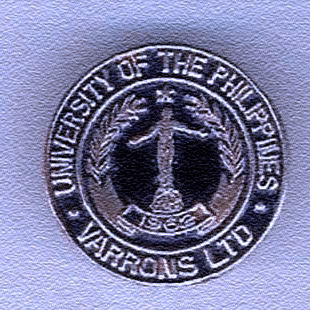




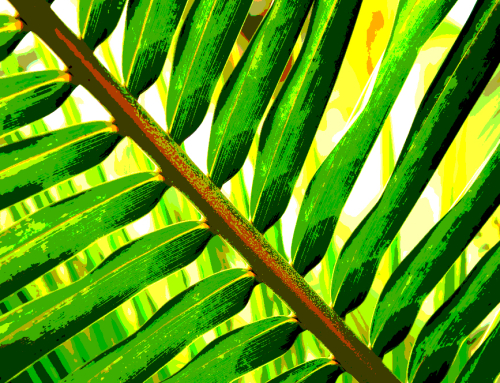
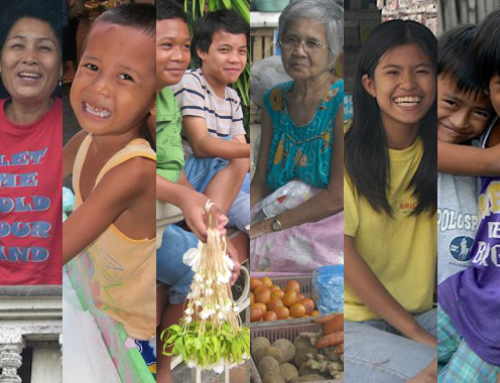
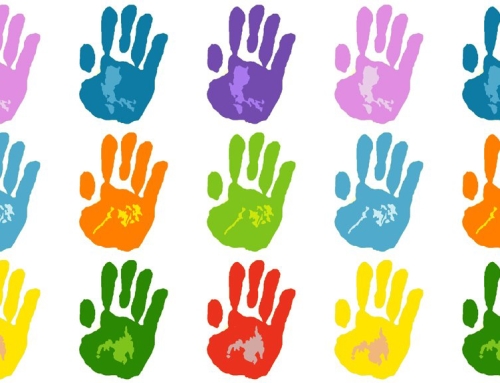
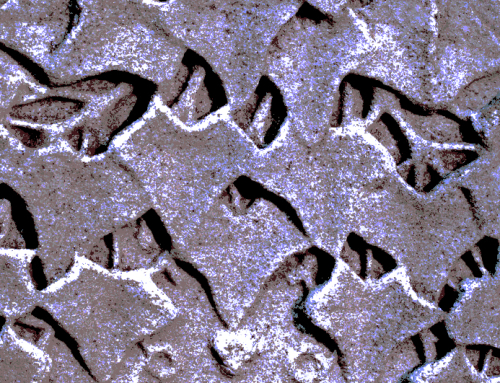
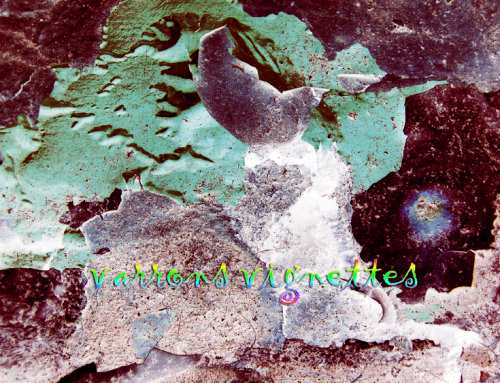
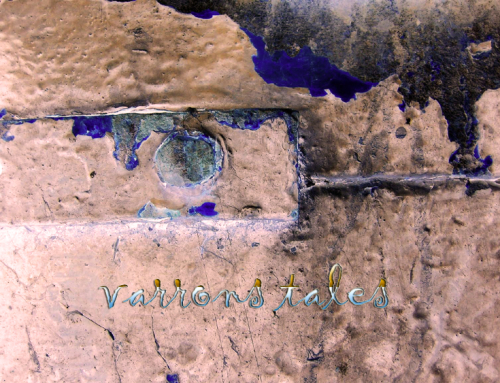
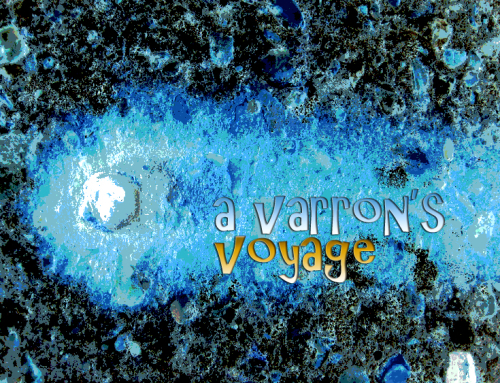
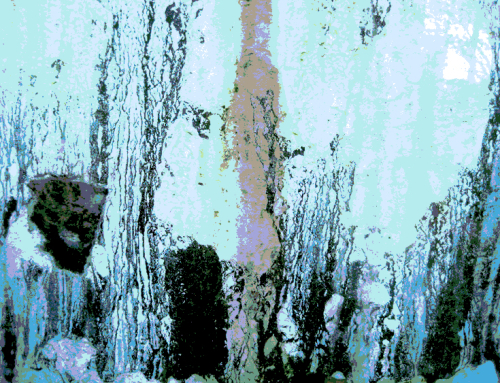

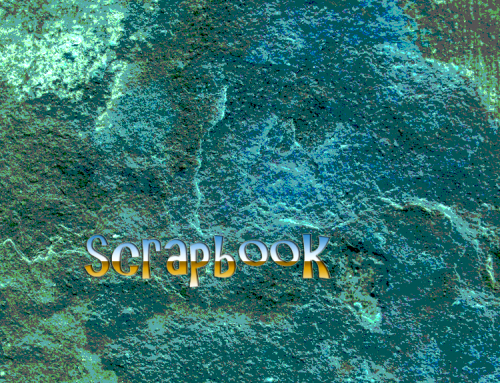
Hello po. I’m Ina, Batch Kavan ’95. Graduated LB 1998.
I’m traveling to Australia (several places) late Nov to mid Dec on official trip.
I sure want to touch base with Brods and Sisses where ever i go and would LOVE to meet you in Brisbane!
Will be in Melbourne from 25-29 Nov then off to Brisbane on 30th but will take connecting flight to Biloela to visit a Leucaena plantation. Then will be back in Brisbane Dec 2. Next day I fly to Sydney after a trip to Gaton. I hope to meet Brod Manny too.
Hope to hear from you po.
Warm greetings,
Ina
Thank you sis Ina for your message. We sent you an email to address your question. Enjoy your trip!